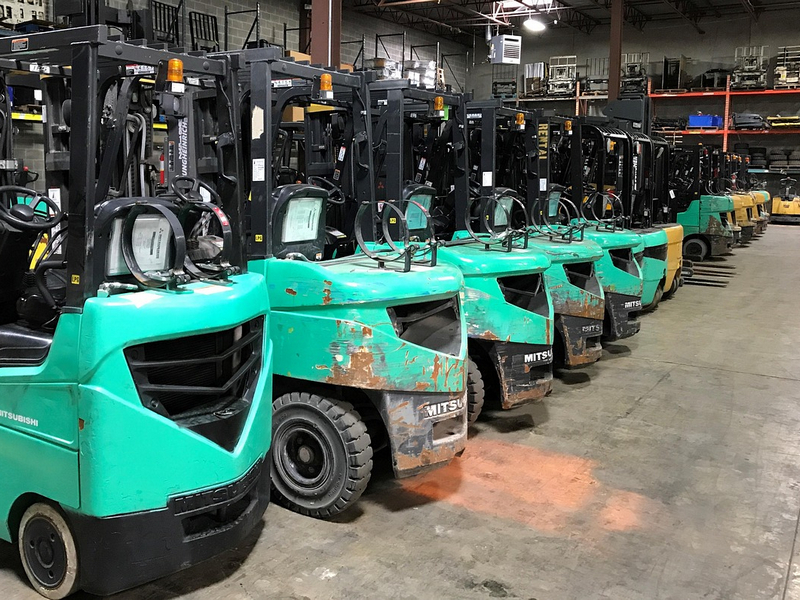Maintaining a forklift engine is a complex and meticulous process that involves key steps such as disassembling the engine, breaking down the parts, cleaning, wear checking, and reassembly.
Before disassembling the engine, it is important to ensure that the engine has been completely cooled to avoid the deformation of parts. Water is drained from the cooling system and oil and hydraulic fluid from the engine and hydraulic transmission. Then, one by one, remove the safety canopy, seat, radiator cap, exhaust silencer, pedals, radiator, exhaust pipe and related fittings, disconnect the engine and hydraulic transmission from other systems, and disassemble the connection between the engine and the main drive. Lifting equipment is used to suspend the engine in a suitable position and tighten the bolts attached to the frame, after which the engine is lifted and placed on a platform for subsequent operations.
When disassembling the engine, the cylinder head and liner, clutch, oil pan, liner, oil pipe and oil pump, valves, piston connecting rod set, starter claw and crankshaft pulley, distributor cover, housing and timing gear, oil pump, oil pipe, valve tappet, distributor shaft and camshaft, crankshaft, flywheel, rear-end oil seals of the crankshaft, and flywheel casing are to be removed in order. During disassembly, be careful to avoid damaging the parts with sharp tools such as screwdrivers and record the disassembly sequence and status of each part for subsequent assembly. Soak the disassembled parts in diesel fuel or cleaner and clean them with a brush. Removes sealant residue and filters and sorts cleaned parts for subsequent inspection.
After cleaning the parts, it is vital to perform a wear check. To determine engine wear, observe the color and quality of the oil and the presence of iron filings on the surface. Check the condition of critical parts such as connecting rods, crankshafts, cylinder liners, etc., to assess whether they can continue to be used or need to be repaired.
When assembling the engine, follow the order from inside to outside, bottom to top, back to front, and left to right (i.e., reverse order of disassembly). During assembly, apply oil to the crankshaft, crankshaft tile faces, connecting rods, pistons and camshaft. When installing the camshaft and high-pressure injection pump gears, make sure the cylinder marks on the gears are aligned. Have someone install the piston rings and make sure they are intact and the openings of each ring should be staggered 120 degrees to avoid vertical and horizontal alignment. When installing the cylinder liner, apply grease to the O-ring and avoid direct tapping on the cylinder liner. Install the piston connecting rod set using the special tool and install the piston in the original direction. Apply oil to both sides of the cylinder gasket and make sure the cylinder head is tightened with the same torque.
Through the meticulous operation of the above steps, you can ensure that the maintenance process of the forklift engine goes smoothly and prolongs the service life of the engine.
